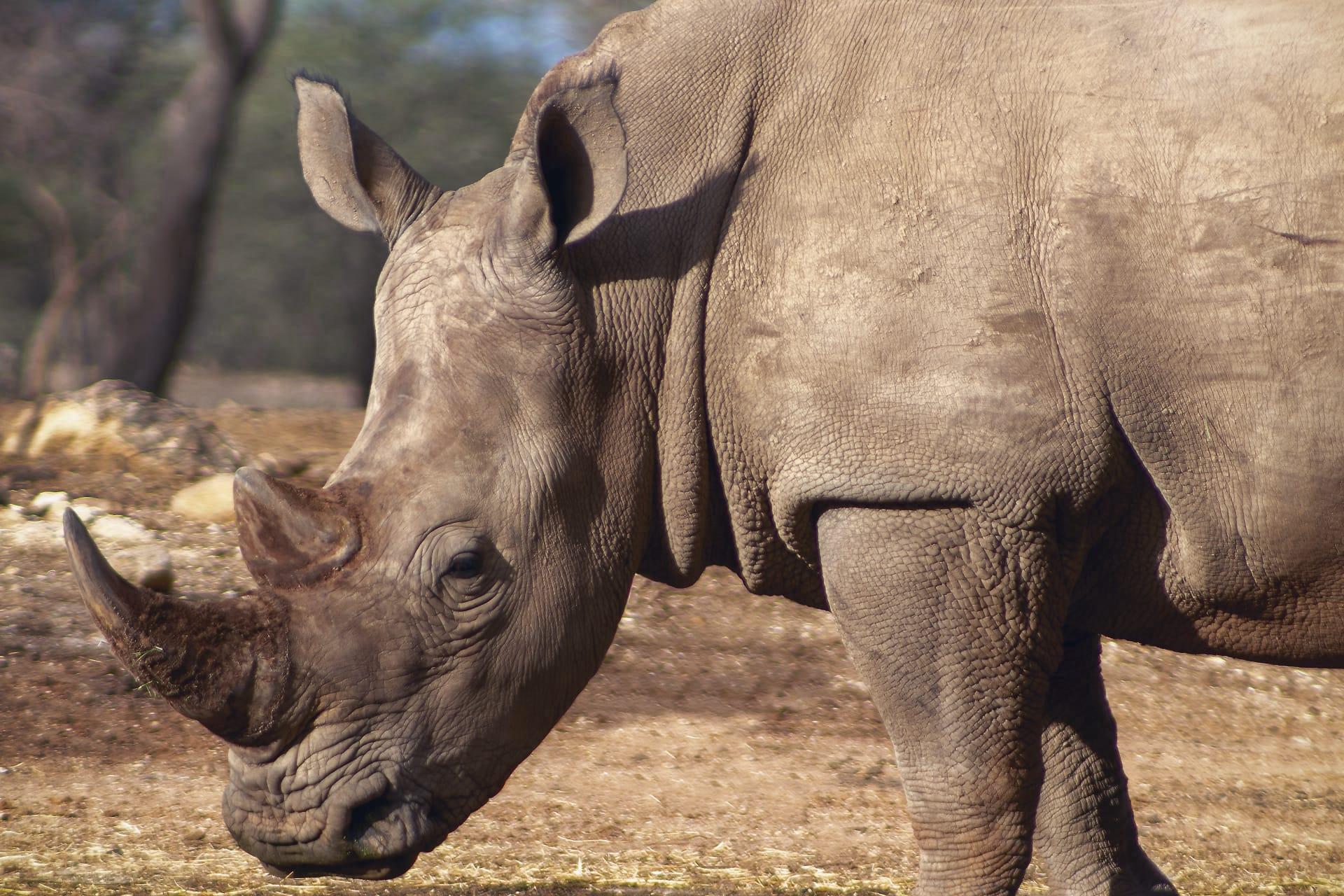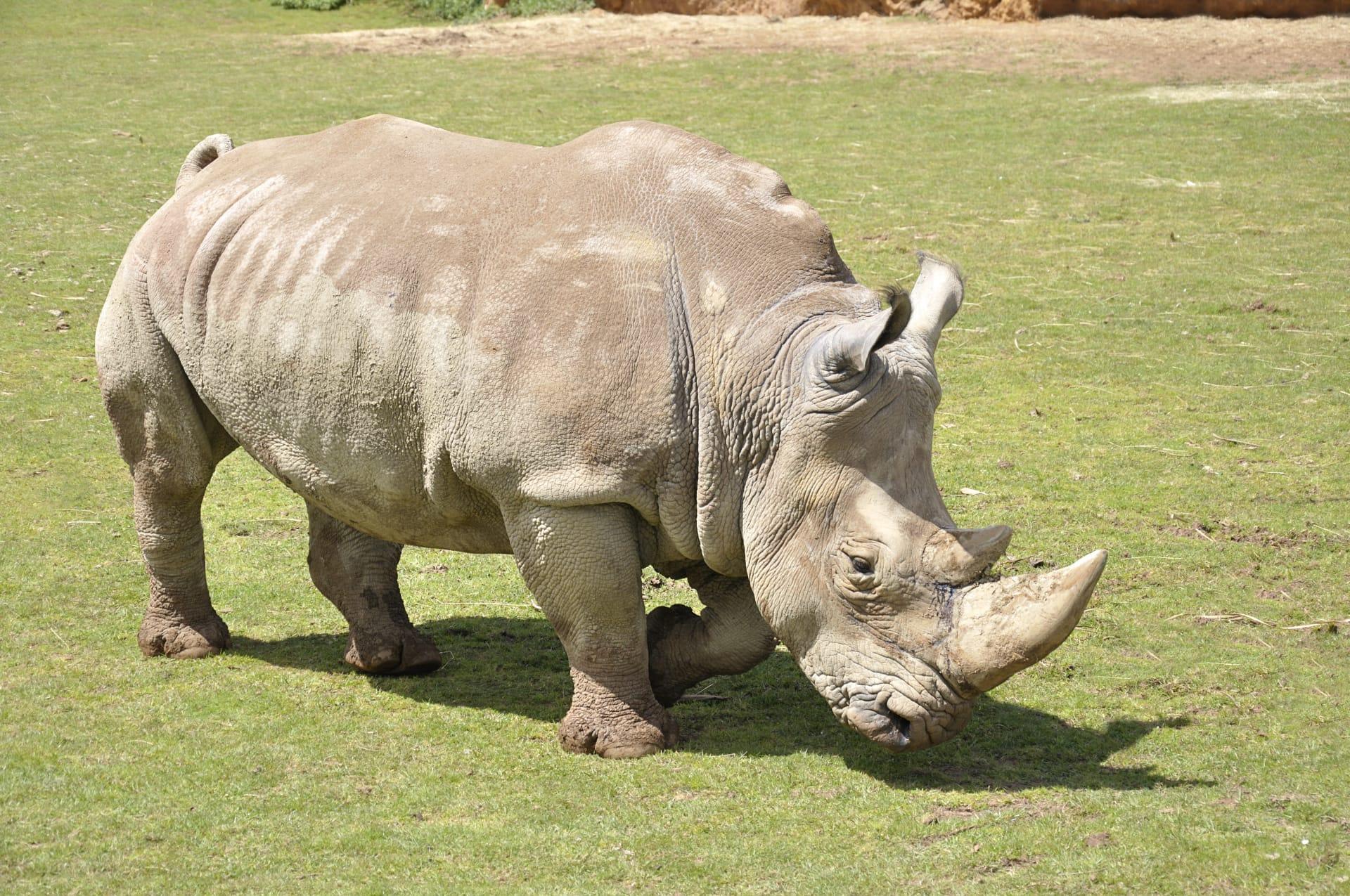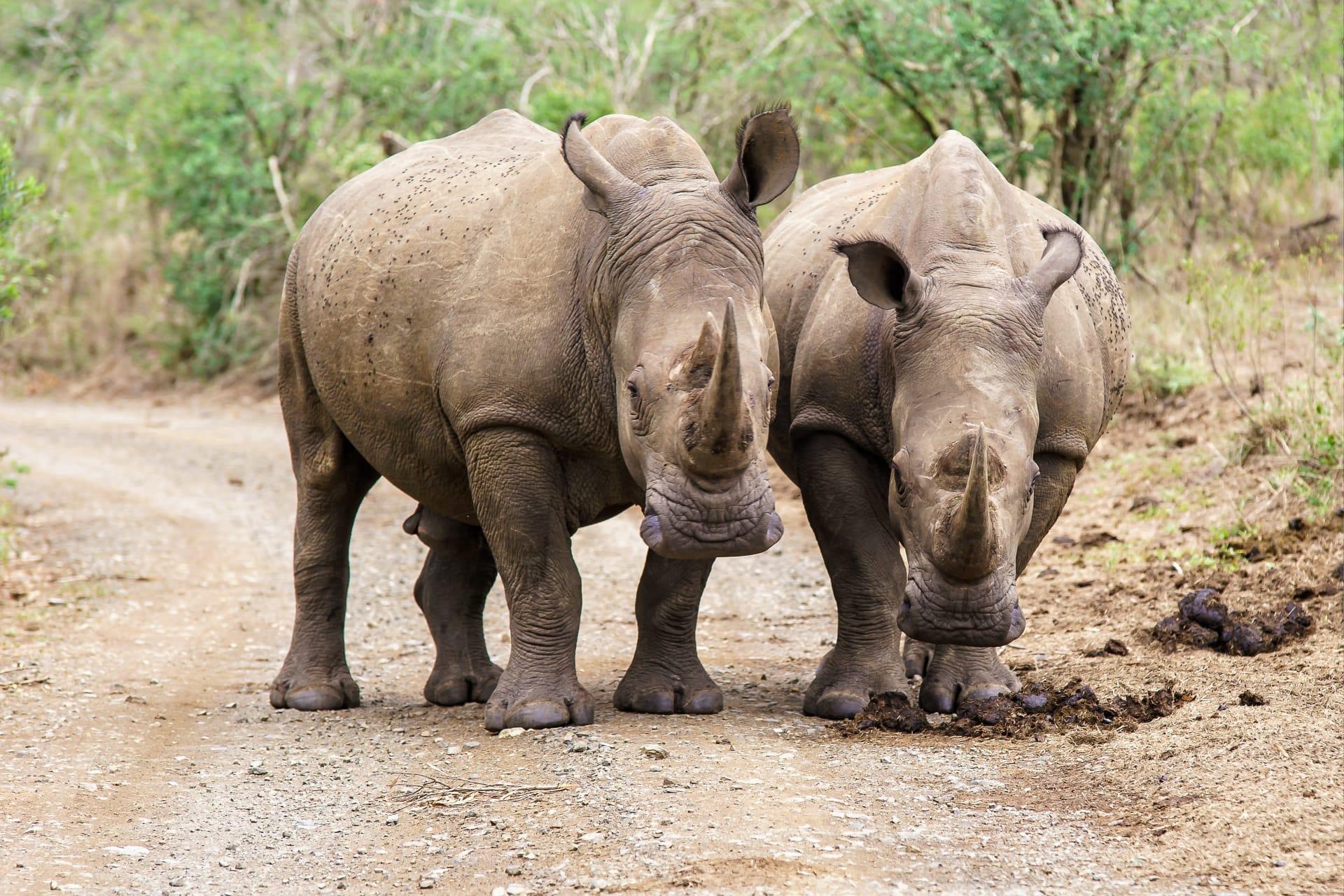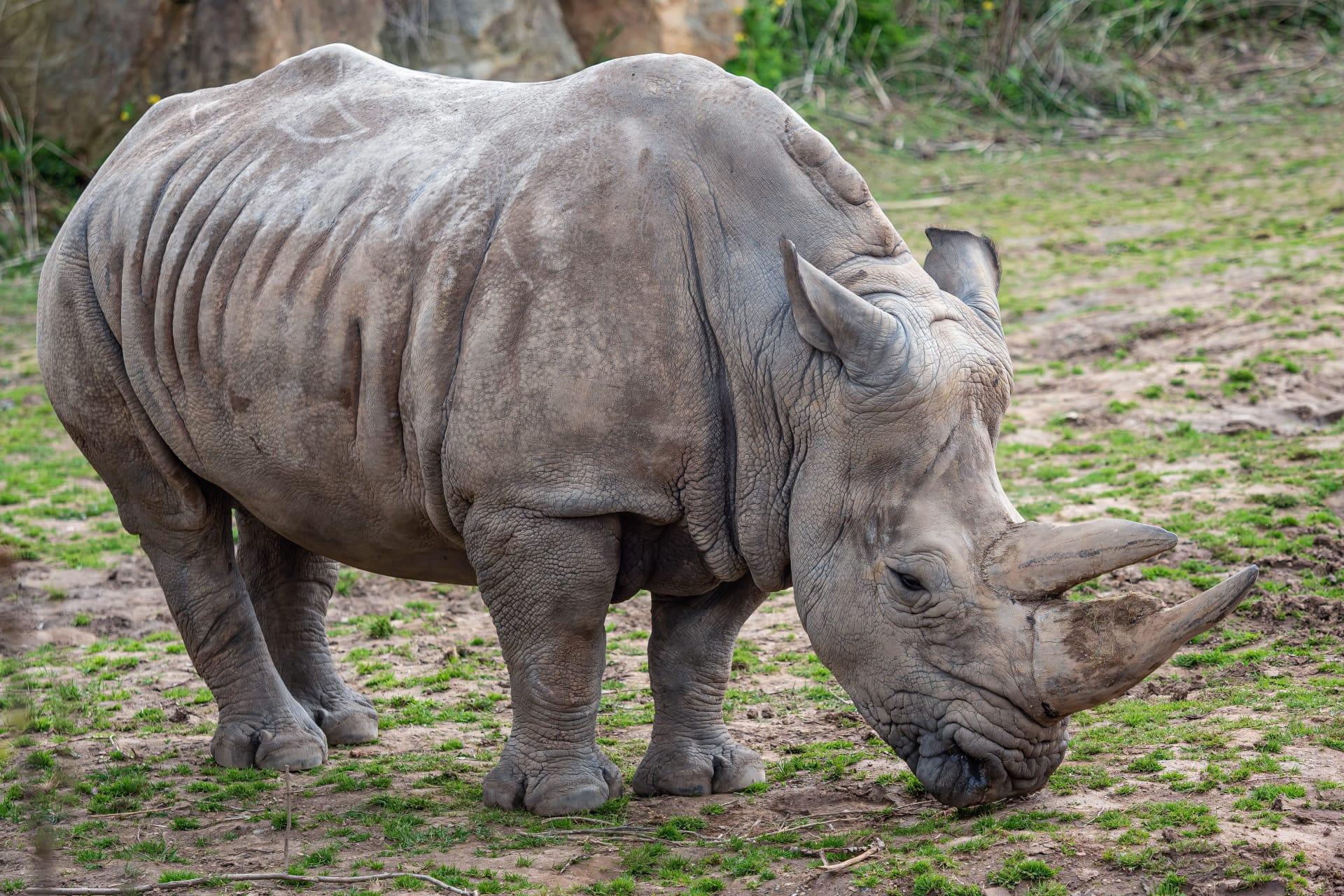1
The white rhinoceros is not actually white in color. Its name is a misinterpretation of the Afrikaans word "wyd," which means "wide" and refers to its wide, square mouth, unique among rhinos. This mouth shape is an adaptation for grazing on grass. The white rhino's skin can be grayish to brownish, but never truly white. It's also one of the largest land mammals, with an average weight of about 2,300 kilograms (5,070 pounds) for males and 1,700 kilograms (3,750 pounds) for females. This massive size is complemented by a large head, which can measure up to 2 meters (6.6 feet) in length.
White rhinos have a complex social structure. Unlike other rhino species, they are relatively social and often found in groups, called crashes. These groups are usually composed of females and their calves, while adult males tend to be solitary. Communication within a crash is crucial, and white rhinos use a wide range of sounds, including growls, grunts, and trumpet-like calls. Additionally, they communicate through an elaborate system of scent markings, using their urine and feces to mark territory and convey information about their presence and reproductive status.

2
The white rhino has a unique relationship with a particular bird, the oxpecker. These birds, also known as "rhino's guard", are often seen perched on rhinos, feeding on ticks and other parasites found on their skin. This symbiotic relationship benefits both species: the birds get a steady food source, and the rhinos get pest control. Moreover, oxpeckers also serve as an early warning system against danger, alerting the rhinos with their sharp calls.
Despite their size, white rhinos are surprisingly agile and can run at speeds of up to 50 kilometers per hour (31 miles per hour). This speed is quite impressive, considering their large body mass. They also have a good sense of hearing and smell, which compensates for their relatively poor eyesight. Their large, pointed ears can move independently to detect sounds from different directions, helping them stay alert to potential threats or the presence of other rhinos.

3
White rhinos have a long gestation period of about 16 to 18 months, one of the longest among land mammals. After this period, a single calf is born, weighing between 40 to 65 kilograms (88 to 143 pounds). These calves are quite active and can stand up within an hour of birth and follow their mothers after just three days. They remain with their mothers for up to three years, learning essential survival skills.
Interestingly, white rhinos have two horns made of keratin, the same protein that makes up human hair and nails. The front horn is larger, averaging about 60 centimeters (24 inches) in length, but can grow up to 150 centimeters (59 inches). The smaller rear horn reaches about 20 centimeters (7.9 inches). These horns are not attached to the skull but grow from the skin, and if broken, they can regrow over time.

4
White rhinos play a significant role in their ecosystem. By grazing on grass, they act as natural lawnmowers, helping to maintain the African savanna landscape. This grazing also promotes new grass growth, which benefits other herbivores. Their large size means they create paths through dense vegetation, which are used by smaller animals.
Despite their thick skin, white rhinos are sensitive to sunburn and insect bites. They often take mud baths to protect their skin, which also helps to cool them down in hot weather. The mud acts as a natural sunscreen and bug repellent, and when it dries, it forms a protective crust that can be scraped off, removing parasites and dead skin.

5
The lifespan of a white rhino in the wild is about 40 to 50 years. In captivity, with proper care, they can live slightly longer. Aging in white rhinos is noticeable by the wear on their teeth, which affects their ability to feed and consequently their overall health.
Conservation efforts for white rhinos have had mixed success. The northern white rhino subspecies is critically endangered, with only two females remaining as of my last update in 2023. However, the southern white rhino is a conservation success story, rebounding from less than 100 individuals at the end of the 19th century to around 18,000 today, thanks to intensive conservation efforts. These efforts include strict protection from poaching, habitat management, and, in some cases, translocation to better-suited environments.